As soon as dubbed the “Paris of the East”, Shanghai at the moment stands because the beating coronary heart of China’s luxurious economic system — accounting for practically one-third of the nation’s high-end retail gross sales, in accordance with Bain & Firm’s 2025 China Luxurious Report. Its dense mixture of finance, vogue and tradition provides the town a twin id as each a testing floor for world manufacturers and a launchpad for regional developments.
Shanghai As a Luxurious Hub
Not like Beijing, which skews towards political and heritage-driven luxurious, or Guangzhou, which leans into cross-border retail, Shanghai’s edge lies in its fusion of worldwide sophistication and youthful shopper energy. Town’s West Bund and Xintiandi districts now host a few of the world’s most immersive retail flagships — from Louis Vuitton’s “Voyager” idea retailer, integrating a non-public artwork salon and perfume atelier, to Hermès Maison Shanghai, which curates native artwork exhibitions alongside its leather-based items. As LVMH’s Asia-Pacific President Andrew Wu lately famous, “Shanghai isn’t only a market, it’s a mindset — it units the tempo for the way the subsequent era experiences luxurious.”
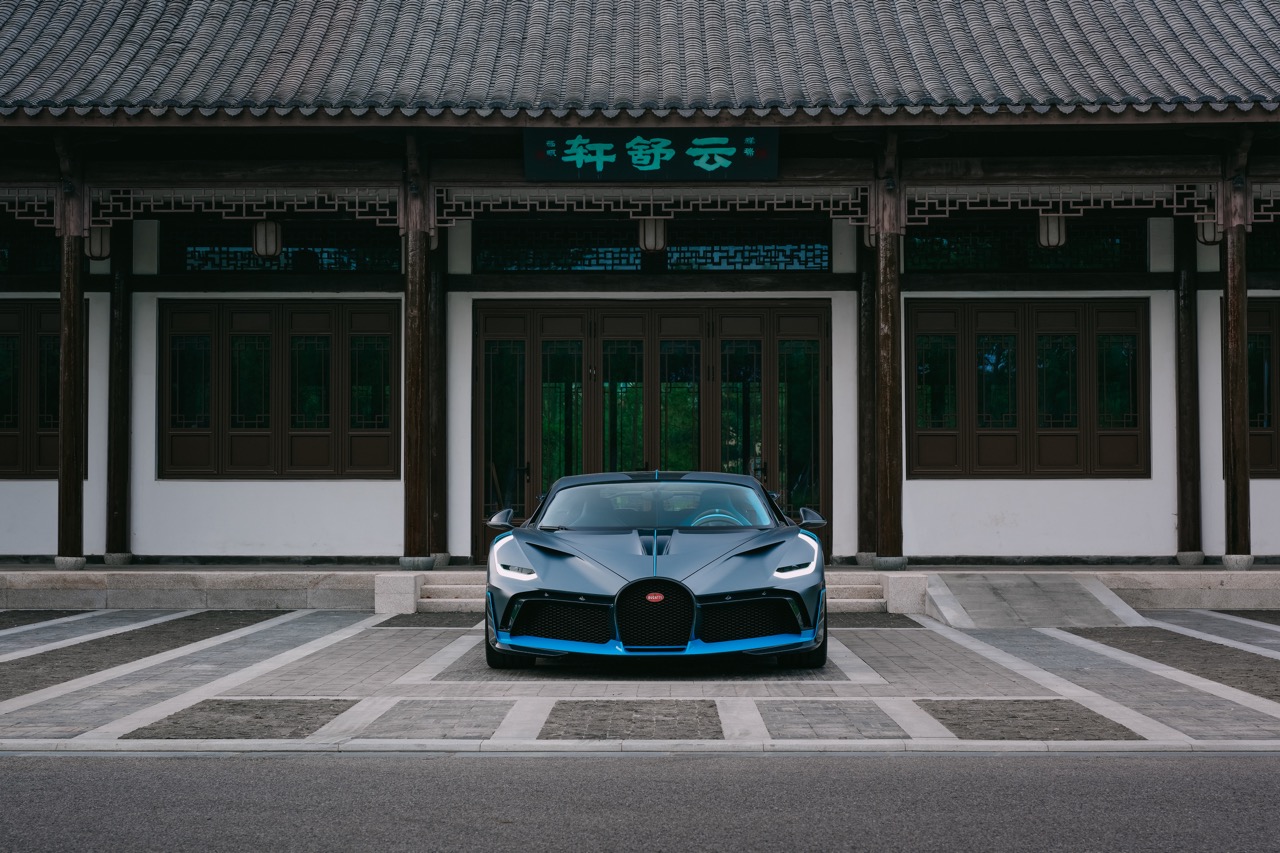
Including to this dynamic, Bugatti marked a serious milestone in September 2025 with the opening of its first devoted showroom in mainland China. The brand new Bugatti Shanghai area — situated within the coronary heart of the town and designed in partnership with Kingsway Apex — represents the model’s growth into China’s most dynamic luxurious hub. The launch occasion featured the primary public look of the Bugatti Divo in China, whereas the showroom’s inside launched the Bugatti House assortment — reinforcing the model’s positioning on the intersection of engineering excellence and life-style design.
Luxurious Retail Innovation
Shanghai’s luxurious panorama is more and more outlined by technological experimentation. Manufacturers are embracing AR/VR try-ons, AI-driven buying assistants and metaverse-inspired pop-ups to interact a digitally fluent demographic. At Chanel’s Nanjing West Street flagship, guests can preview purses and eyewear utilizing AR mirrors powered by Tencent Cloud, whereas Bvlgari’s “Serpenti Metamorphosis” pop-up in Plaza 66 mixed digital projection mapping with scent diffusion for a multi-sensory retail expertise.
Experiential ideas are additionally on the rise. Louis Vuitton’s 2025 “Artwork of Journey” set up collaborated with Chinese language modern artist Cao Fei, mixing digital animation with bodily craftsmanship. Equally, Gucci Backyard Archetypes Shanghai reworked a former theatre right into a multi-room narrative of its campaigns — half artwork gallery, half retail immersion.
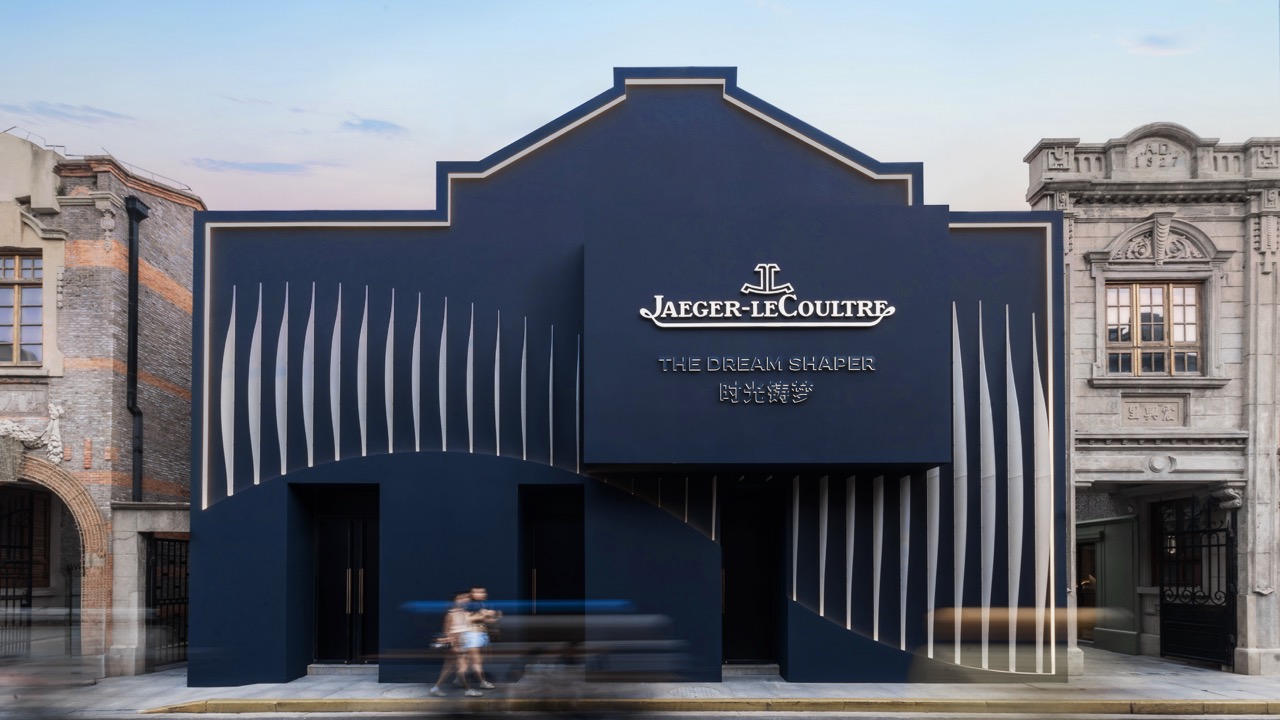
In September 2025, Jaeger-LeCoultre additional elevated the town’s standing as a hub for cultural retail with the opening of “The Dream Shaper” exhibition in Zhangyuan. The immersive showcase explored the evolution of female watchmaking by practically 200 years of workmanship, presenting over 70 archival and limited-edition items, together with the “Reverso Tribute Enamel Xu Beihong” and “Rendez-Vous Taking pictures Star”. Guests skilled reside demonstrations of métiers equivalent to gem-setting and miniature enamel portray, reinforcing Shanghai’s function as a key marketplace for horological schooling and appreciation.
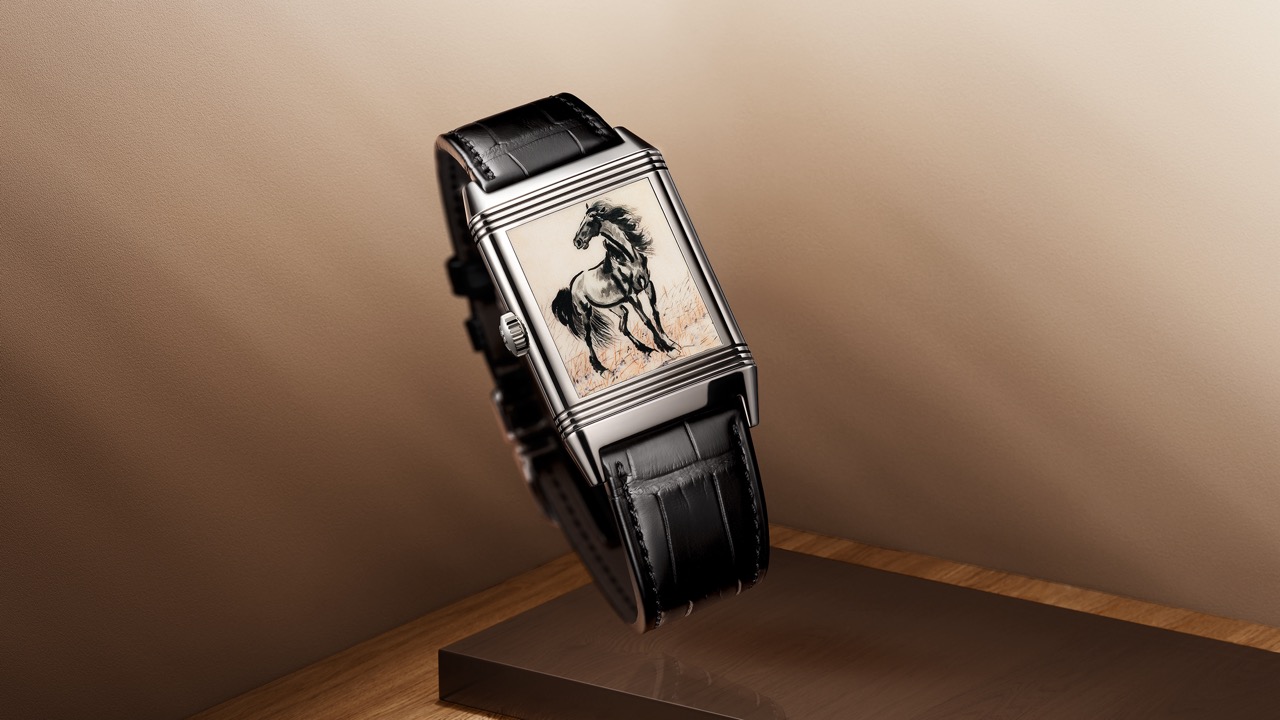
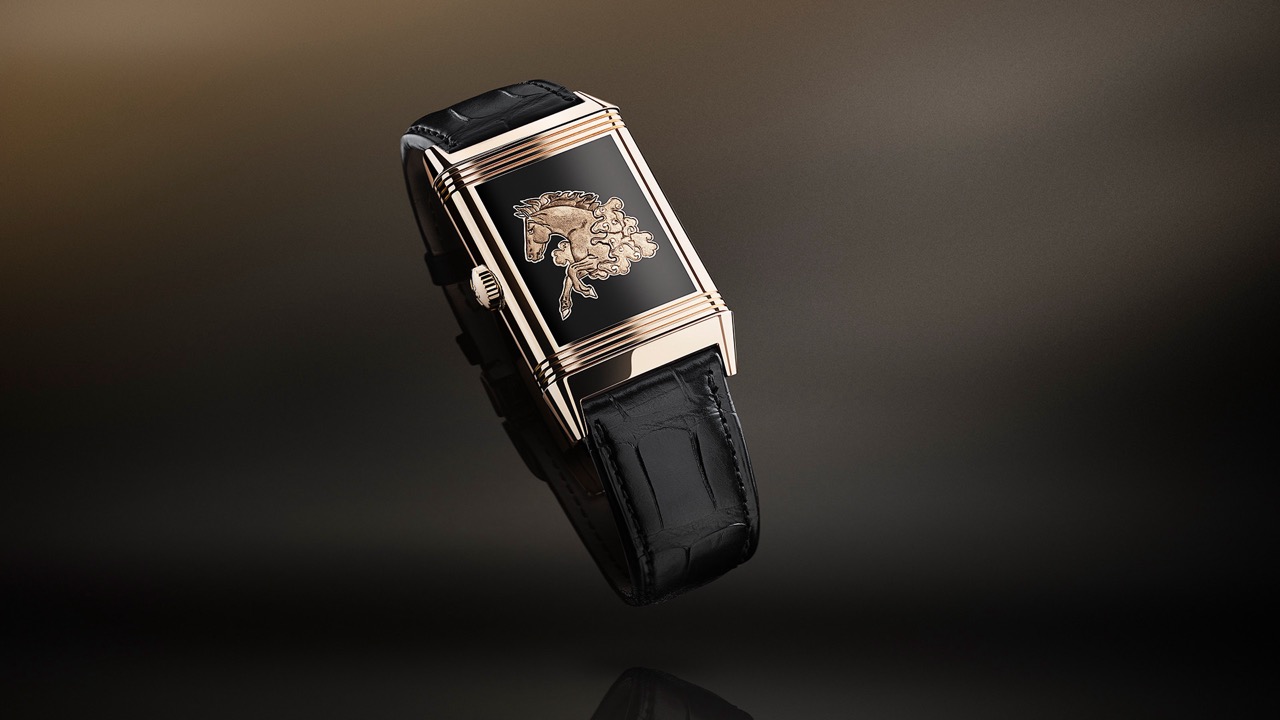
As WWD China mentioned, “Shanghai’s customers now not purchase merchandise — they purchase participation. Manufacturers that perceive that dynamic win long-term relevance.”
Client Traits
Shanghai’s new luxurious shopper is younger, knowledgeable and values-driven. Gen Z and millennials now make up over 70 p.c of luxurious spending in China — in accordance with McKinsey’s 2025 Luxurious Client Pulse — and their affect is shaping product growth and communication technique. Personalisation and sustainability high their expectations. Native consumers more and more desire “quiet luxurious” items and made-to-order experiences, signalling a shift away from overt logos towards craftsmanship and which means. Manufacturers like Cartier and Dior have launched appointment-only personalisation studios in Shanghai, providing engraving and bespoke packaging that remember Chinese language motifs.
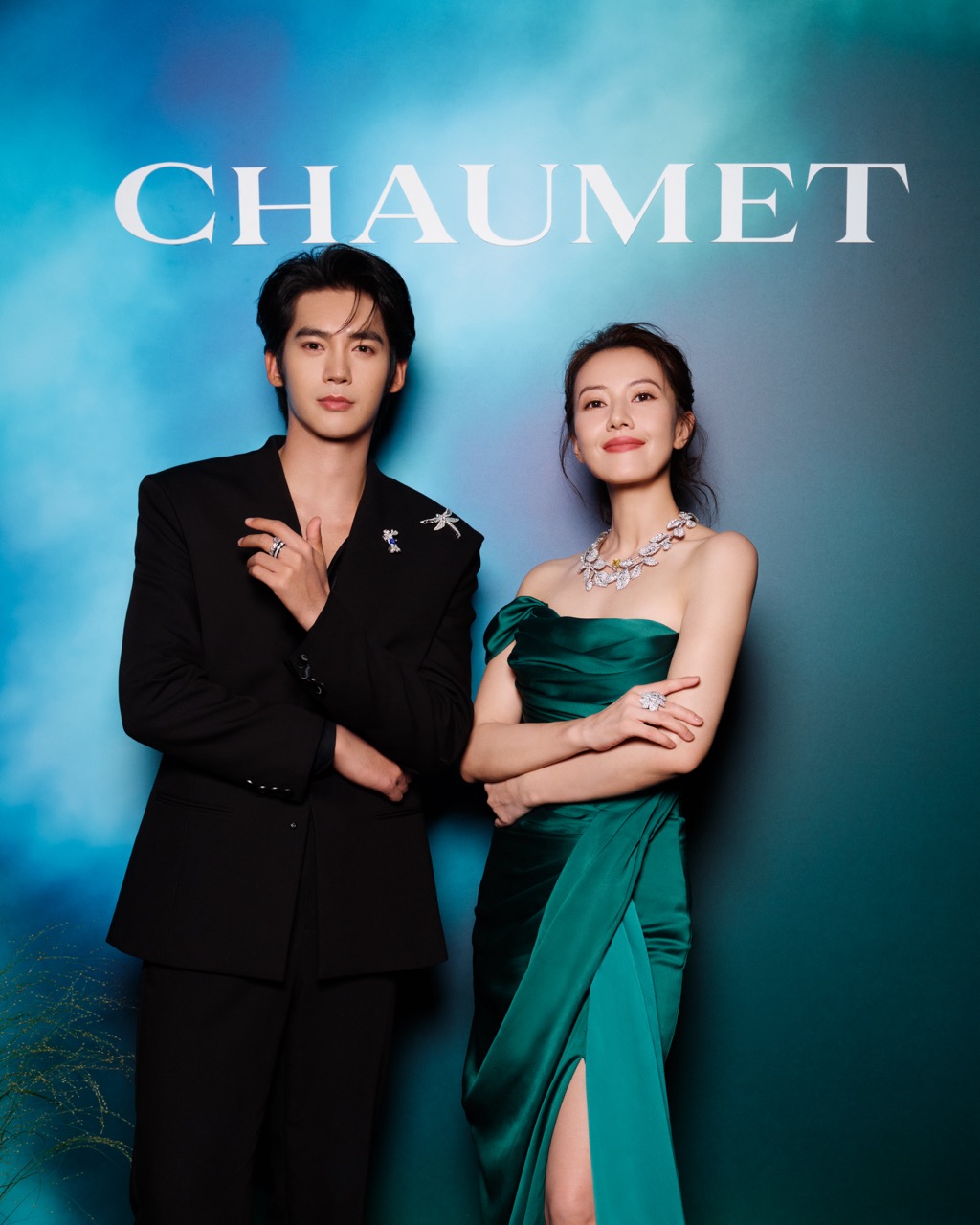
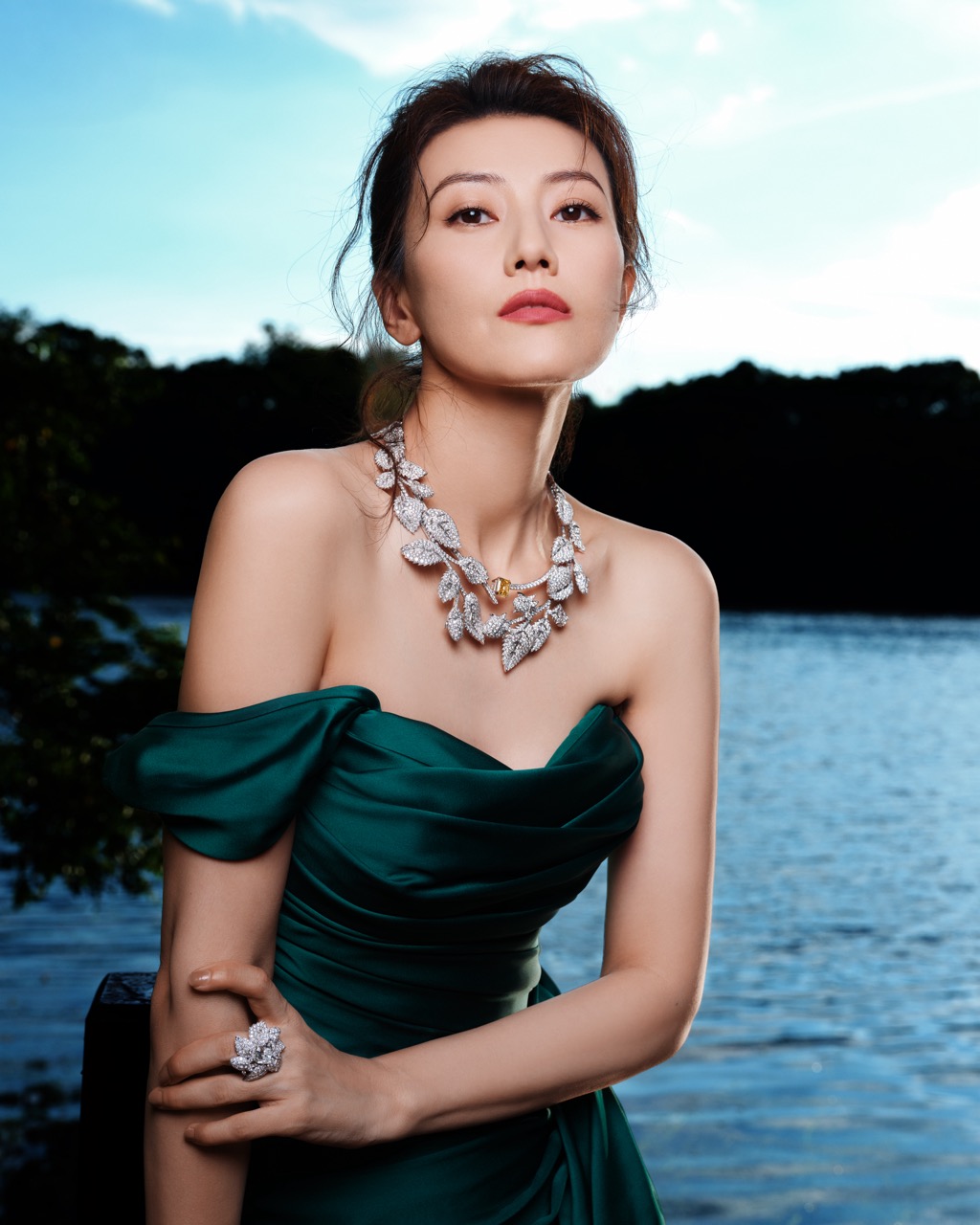
Heritage storytelling additionally resonates strongly. For instance, Qeelin’s “Lotus Rebirth” assortment, first unveiled in Shanghai, reimagines historical Buddhist symbols by modern jewelry design — a nod to the steadiness of spirituality and modernity that appeals to Chinese language luxurious patrons. Equally, French high-jewellery Maison Chaumet debuted its “Jewels by Nature” haute joaillerie assortment in Shanghai in September 2025, following its summer time launch in Marbella. Hosted on the Xijiao Resort, the occasion introduced collectively model ambassadors Gao Yuanyuan and Yosh Yu, with items such because the “Wild Rose” convertible necklace and “Fairy Iris” brooch showcasing Chaumet’s naturalist design heritage.
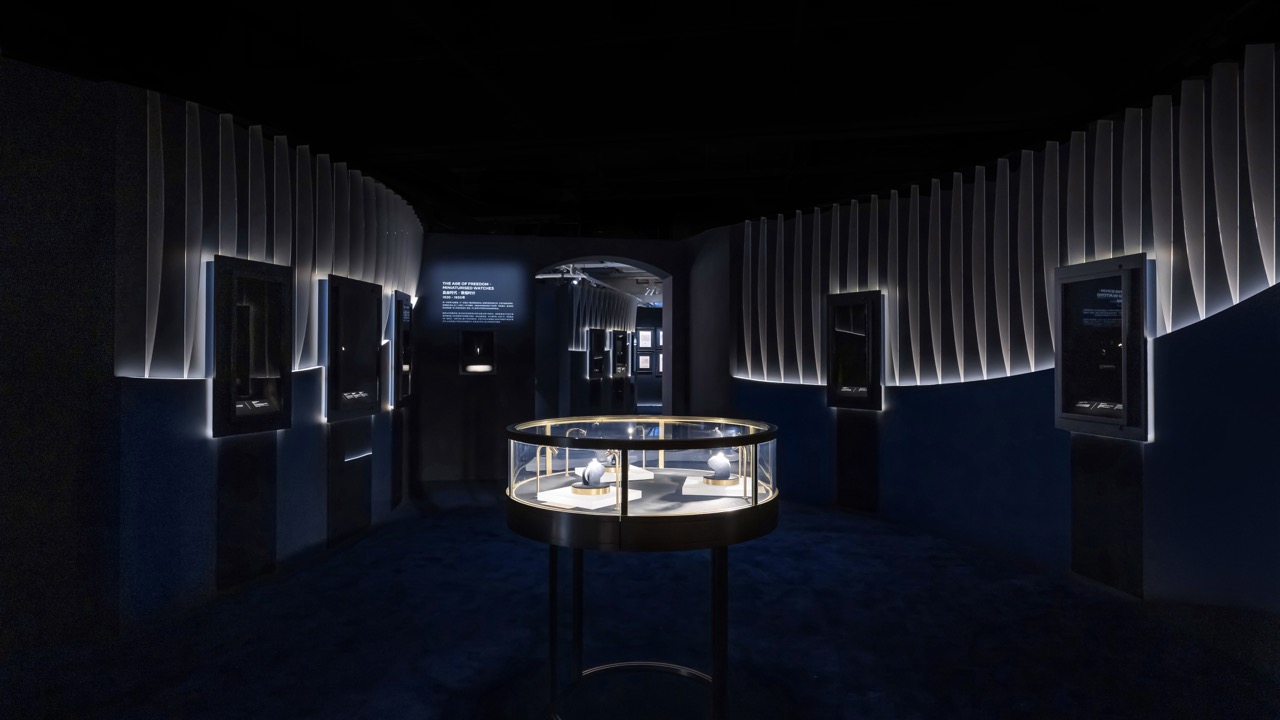
As Nicola Del Din, CEO of Luxottica China, commented throughout the 2025 China Luxurious Discussion board: “Chinese language customers at the moment aren’t wanting West for validation — they’re defining world luxurious on their very own cultural phrases.”
Cultural Alignment & Advertising and marketing
In Shanghai, the best luxurious campaigns are people who hear moderately than translate. Main Maisons now align launches with Chinese language festivals, zodiac symbolism and social milestones past token gestures however as genuine storytelling alternatives. Gucci’s 2025 Lunar New Yr marketing campaign — shot towards the backdrop of the Suzhou Creek skyline — featured a dragon motif reinterpreted by native digital artist Pan Daijing, merging heritage with modern tradition. Dior’s “Portraits of Trendy Grace” exhibition celebrated Chinese language feminine artists, positioning the model inside a story of empowerment and creativity.
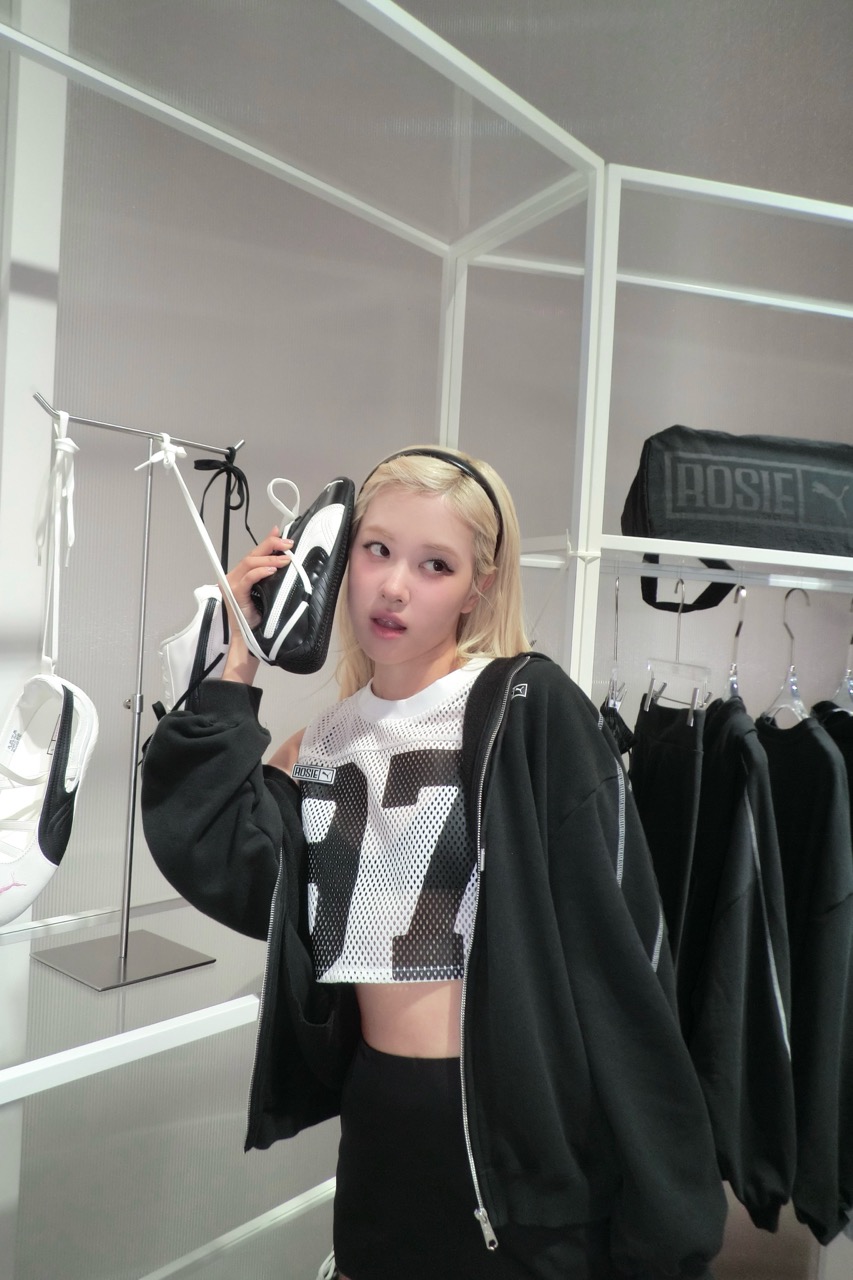
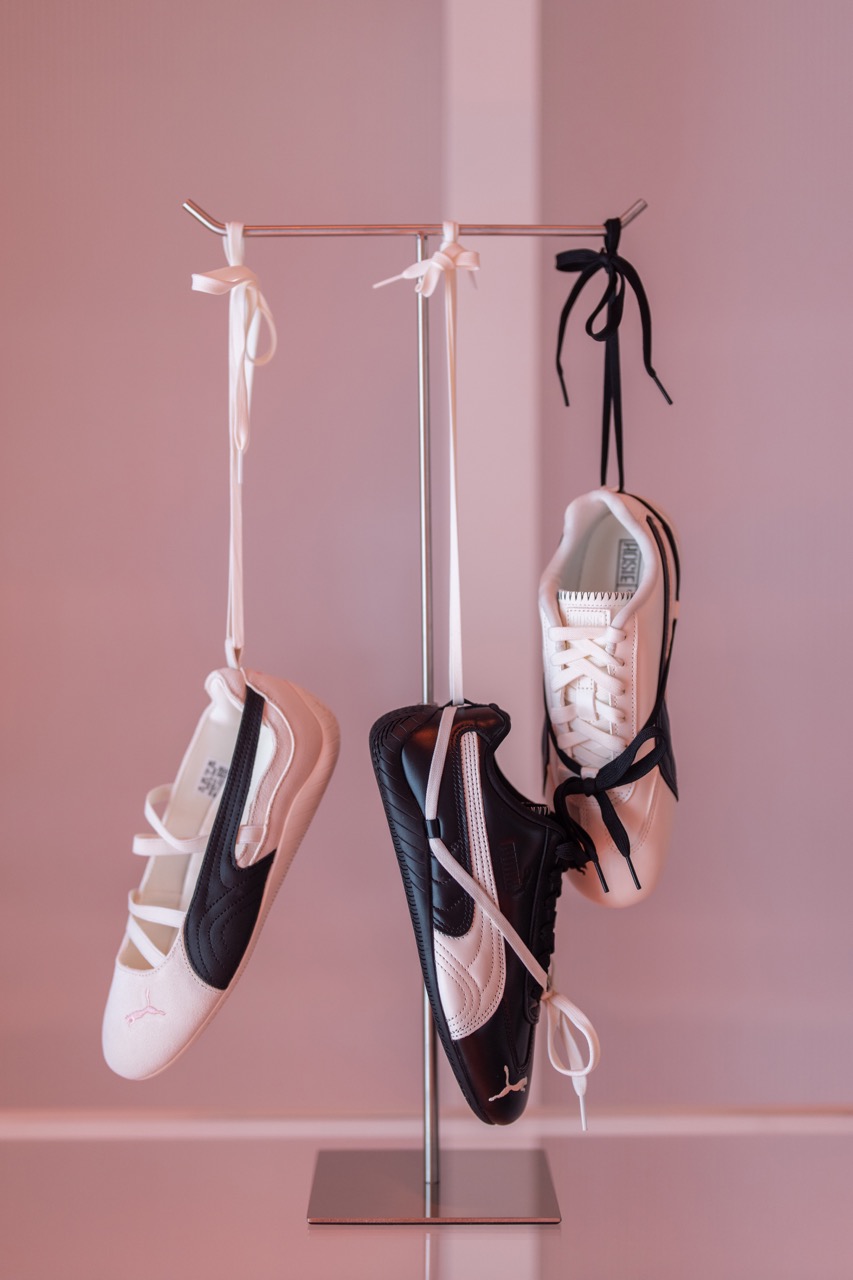
Mass-market collaborations are additionally discovering resonance inside luxurious’s cultural framework. PUMA’s September 2025 world launch of its PUMA x Rosé assortment in Shanghai created an experiential showcase designed across the Okay-pop star’s artistic universe. The occasion mixed holographic installations, interactive shows and digital voice memos from Rosé herself, reflecting how life-style manufacturers use Shanghai as a worldwide stage to blur the boundaries between celeb, tradition and commerce.
Social media stays the amplifier. On Xiaohongshu (RED) and WeChat, localised storytelling and limited-edition drops typically go viral inside hours — as seen in Cartier’s “Love in Shanghai” pop-up, which drew over 20 million views in its first week. In the meantime, influencer collaborations and personality-led advertising and marketing methods proceed to drive shopper belief with over 65 p.c of Shanghai-based luxurious consumers saying their buying selections are influenced by digital creators, per Daxue Consulting.
Shanghai as a Benchmark
But success in Shanghai will not be with out friction. Manufacturers should navigate tightened import insurance policies, complicated knowledge privateness legal guidelines and rising competitors from home luxurious gamers equivalent to Icicle and Xu Zhi, who already present luxurious and sustainable design alternate options. Balancing world model id with native resonance stays the last word check. As luxurious turns into extra experiential and socially aware, Shanghai affords fertile floor for partnerships — from collaborations with native artisans to co-creations with AI-powered design studios. For Maisons keen to localise meaningfully, the town represents not only a market, however a mannequin for the way forward for luxurious.
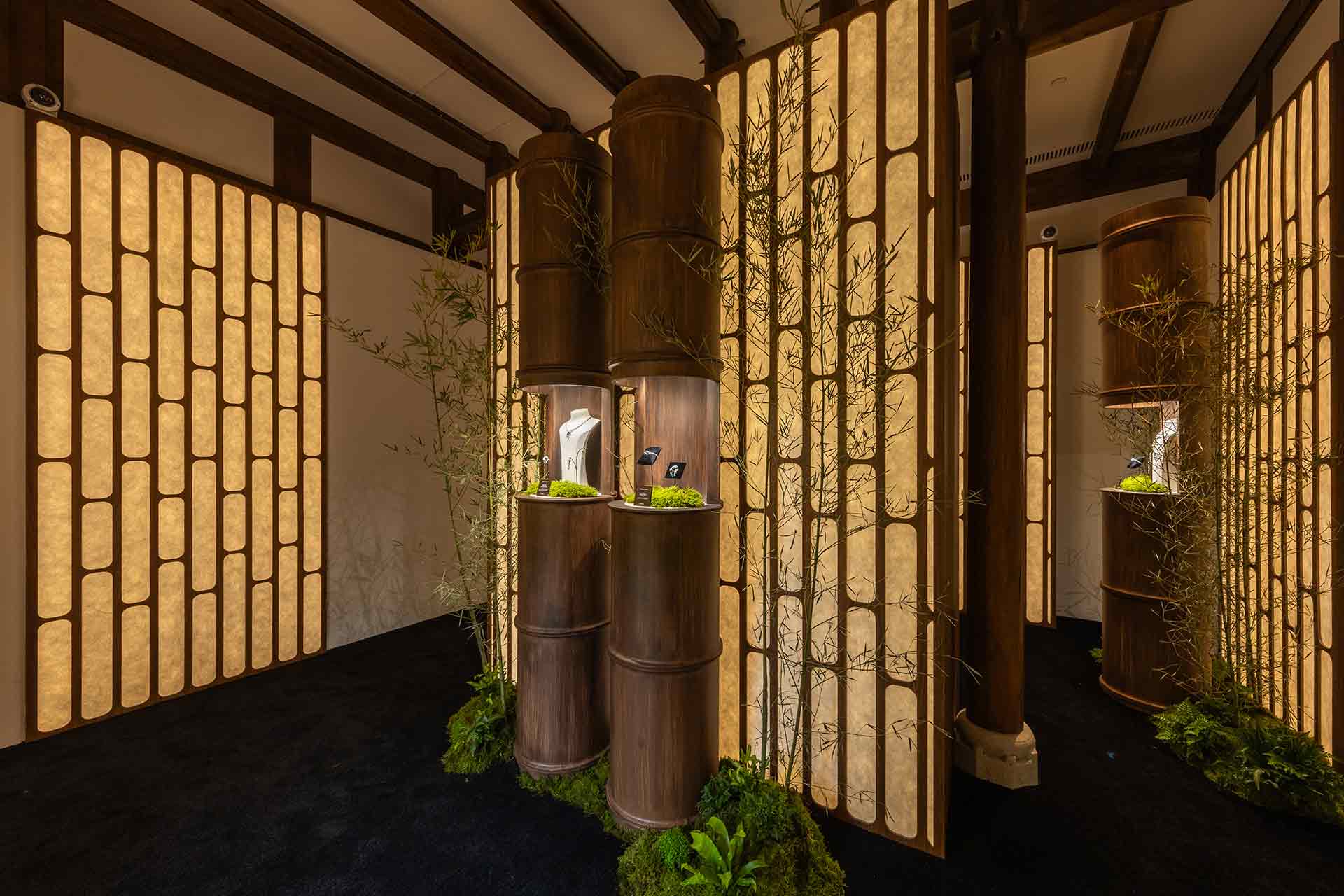
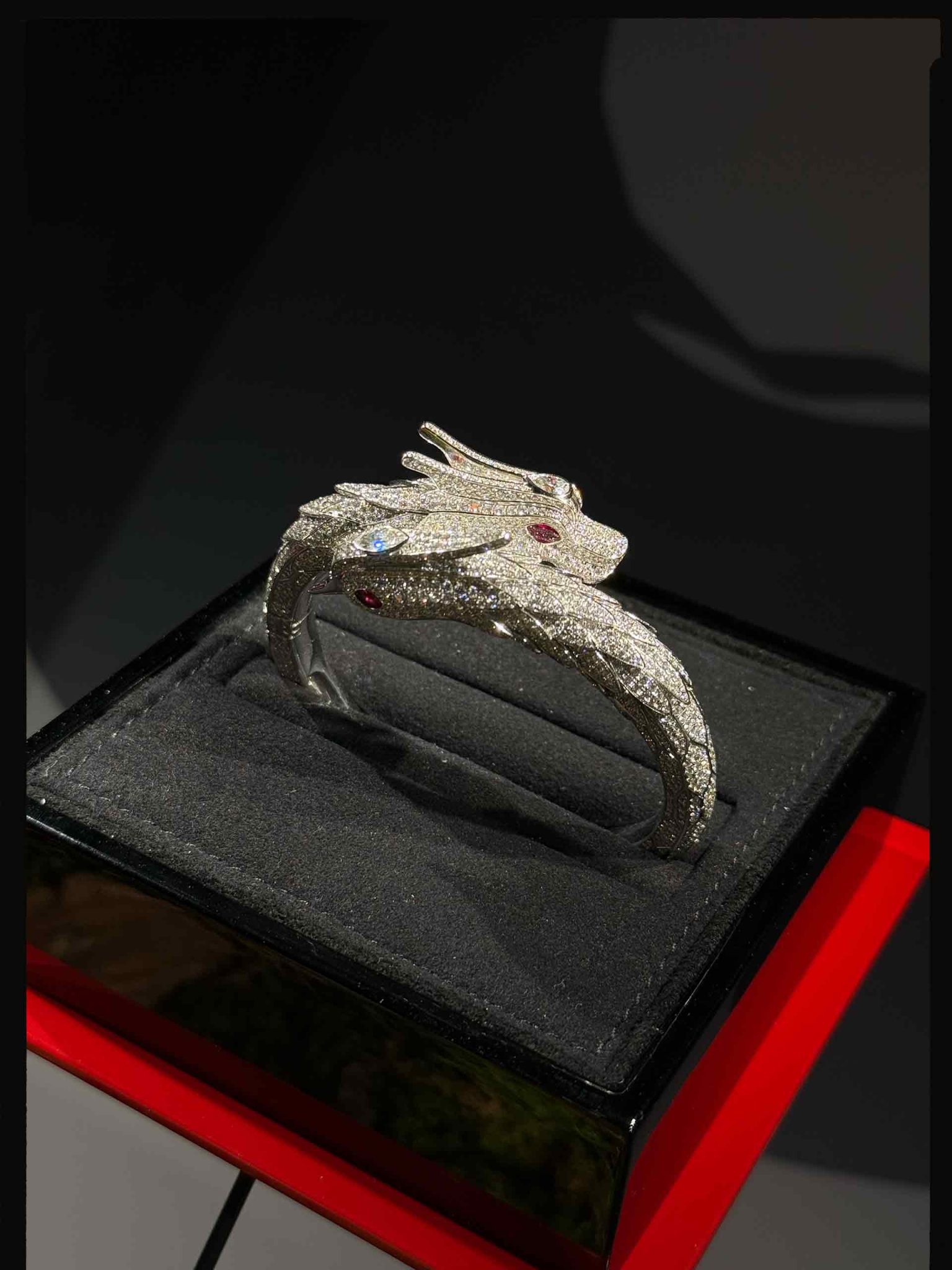
So far as luxurious hubs in Asia go, Shanghai acts as a residing litmus check for the world’s high Maisons. It’s the place Hermès examined its augmented actuality retailer concierge, Louis Vuitton piloted its first WeChat-exclusive pre-launch and Cartier trialled its phygital jewelry appointments earlier than world rollout. On this context, the town continues to draw main cultural showcases equivalent to Qeelin’s Miracle Backyard presentation at Aman Yangyun — a multisensory exhibition that reinterpreted conventional Chinese language motifs throughout 5 themed realms. Occasions like these reinforce Shanghai’s function not solely as a luxurious market however as a stage for storytelling, the place artistry and heritage converge.
In some ways, Shanghai encapsulates what fashionable luxurious aspires to be — related, localised and immersive. As the town continues to evolve, its affect will ripple past China’s borders, shaping how manufacturers promote luxurious and the way customers outline the place it goes subsequent.
For extra on the newest in enterprise reads, click on right here.


